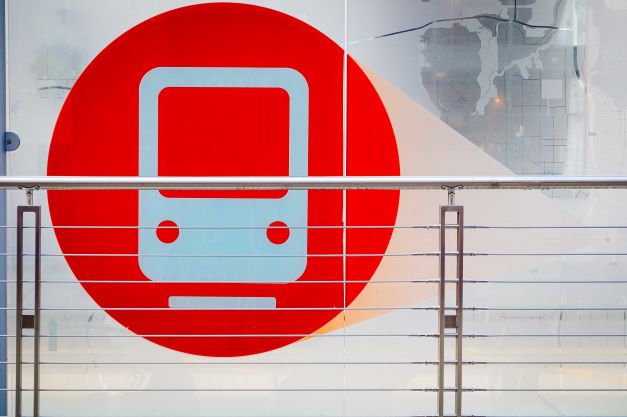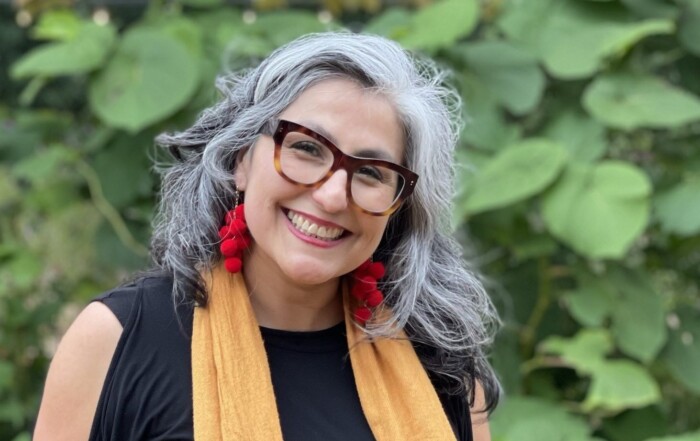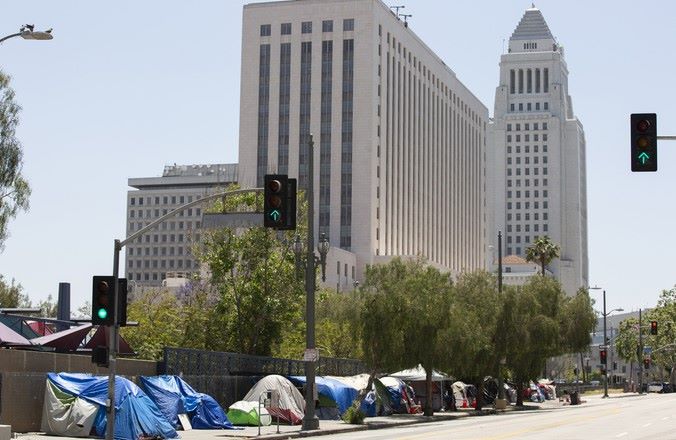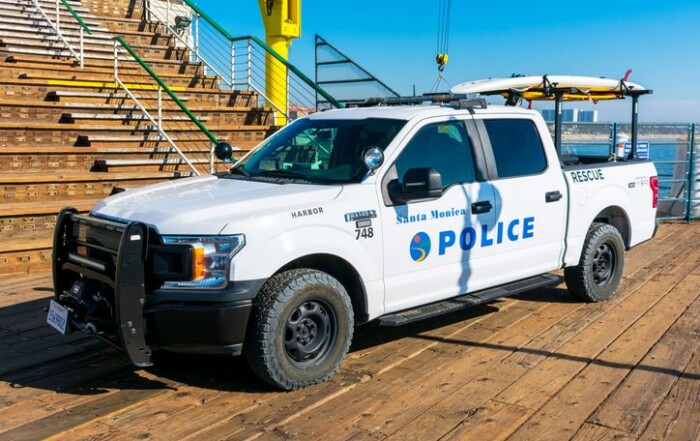Chapter One
By Denny Zane
This is the first of what I expect will be a series of pieces about the contemporary urban challenges and the opportunities for solutions in our larger home, Los Angeles County. As a long time Santa Monica political activist, an elected official for a time, talking about LA as our “larger home” is intended to call attention to a self-evident fact – no community, no matter how self-contained and self-sufficient it thinks it is, can truly isolate itself from the regional challenges and changes occurring all around us. In about 2006, this became ever clearer to me and drove me into a set of crusades I had not anticipated.
*****
In 2006, while driving home to Santa Monica in the midafternoon I noticed something surprising. The eastbound side of the 10 freeway was jammed back to Lincoln. I thought, there must be an accident somewhere. But then, a day or two later that same traffic jam on the 10 recurred, as it did the day after, and the day after that. It was, in fact, the new normal.
Adjusting, whenever I needed to head eastbound in the early afternoon, to West L.A. or elsewhere, rather than take the 10, I took Olympic Boulevard. Apparently, so did everyone else. Spending more than an hour heading east on Olympic Blvd. just to get out of Santa Monica became a part of the new normal. Actually, traffic congestion throughout L.A., but especially on the Westside, was becoming a recurring story in all local media. Westside politicians like Supervisor Zev Yaroslavsky and L.A. City Councilmember Bill Rosendahl were quick to blame Santa Monica’s approval of major office projects like the Colorado Center, the Water Garden, and the Arboretum – all approved in the 1980s – for the worsening congestion. As a former city council member in Santa Monica who had unsuccessfully tried to stop all of those projects, I would wince.
By 2006 Yahoo! had purchased Colorado Center and significant property acquisition by Google, especially in Santa Monica and in Venice, wasn’t far behind. Indeed, it seemed at that moment that every firm in the entire Silicon Valley was finding sites and opening up operations in L.A., each looking to hook up with the creative talents of our arts and entertainment industries. Silicon Valley was coming to L.A. to marry Hollywood and create “Silicon Beach.”
But the economic, cultural, and social byproducts of that industrial migration would be multiple and profound as I have recently come to fully realize. But one byproduct was, it seemed clear to me then, increased traffic congestion on the Westside.
In mid-2005, Antonio Villaraigosa had become Mayor of the City of Los Angeles. I knew Antonio a bit from his stint as Speaker of the California State Assembly and knew well his passion for progressive environmentalism in general and for transit system development in particular. “The Subway to the Sea” was a mantra in his campaign and it inspired me to direct my energies toward the development of the L.A. transit system. It was not a blind leap. I had, as Mayor in Santa Monica, successfully worked to convince L.A. Metro to acquire the Exposition Corridor for future use as a light rail system. After leaving office in 1992, I had become the executive director of the Coalition for Clean Air. One of our victories in 1994 was convincing Metro to make the switch from diesel buses to natural gas buses (we thought it a big victory then).
So, in 2006, when I made the decision that I would try to work to create a coalition to get Antonio’s vision of a Subway to the Sea realized, I knew Metro as an institution and many of its leaders from prior work. I certainly knew that the new Mayor would become a powerful member of the Metro Board and appoint three other members, and that would give him significant leverage on a thirteen-member board.
But, I also knew that gaining the commitment of the rest of the Metro board to an expensive subway project entirely within the City of Los Angeles would be challenging. Those nine other Metro board members represented communities throughout Los Angeles County, most far from the center of L.A. where the subway would run.
My singular focus on the Wilshire Subway would then be challenged by a dear friend, James McCormick, who was the most passionate and widely recognized advocate for the subway that I knew. Jamie, as friends called him, would argue that the subway was not nearly enough, we had to think even bigger. He took me to see his friend, one of L.A.’s most respected business community leaders, Jim Thomas, who argued very persuasively that it would be a waste of my time and energy to work to build a campaign for the subway alone. We had to think countywide.
Jim said that the only way to get the level of funding needed to build and operate the Subway to the Sea in a timely way would be for the voters of Los Angeles County to have the opportunity to vote on a ballot measure that would provide the funding package. In California, thanks to Proposition 13, any such measure would need a 2/3 vote in support to win. The only way to win a 2/3 vote countywide for a funding measure for a subway, would be for voters countywide to see themselves as beneficiaries of the program. The only way to win a subway would be for the voters of the San Fernando Valley, the San Gabriel Valley, the Gateway Cities along the I-710, the cities of South L.A. County, and the South Bay to see major projects in the measure for themselves and their communities.
Of course, they were right.
End of Part One. Stay with Westside Voice for more from Denny Zane.
Denny Zane is the Executive Director of Move LA, an organization he founded in 2007 to bring together business, labor, and environmental leaders and organizations with the goal of raising significant new funding for LA County’s transit system. Previously Denny served on the Santa Monica City Council, including one term as mayor, during which time he initiated the revitalization of the Third Street Promenade.
Stay informed. Sign up for The Westside Voice Newsletter
By clicking submit, you agree to share your email address with Westside Voice. We do not sell or share your information with anyone.








